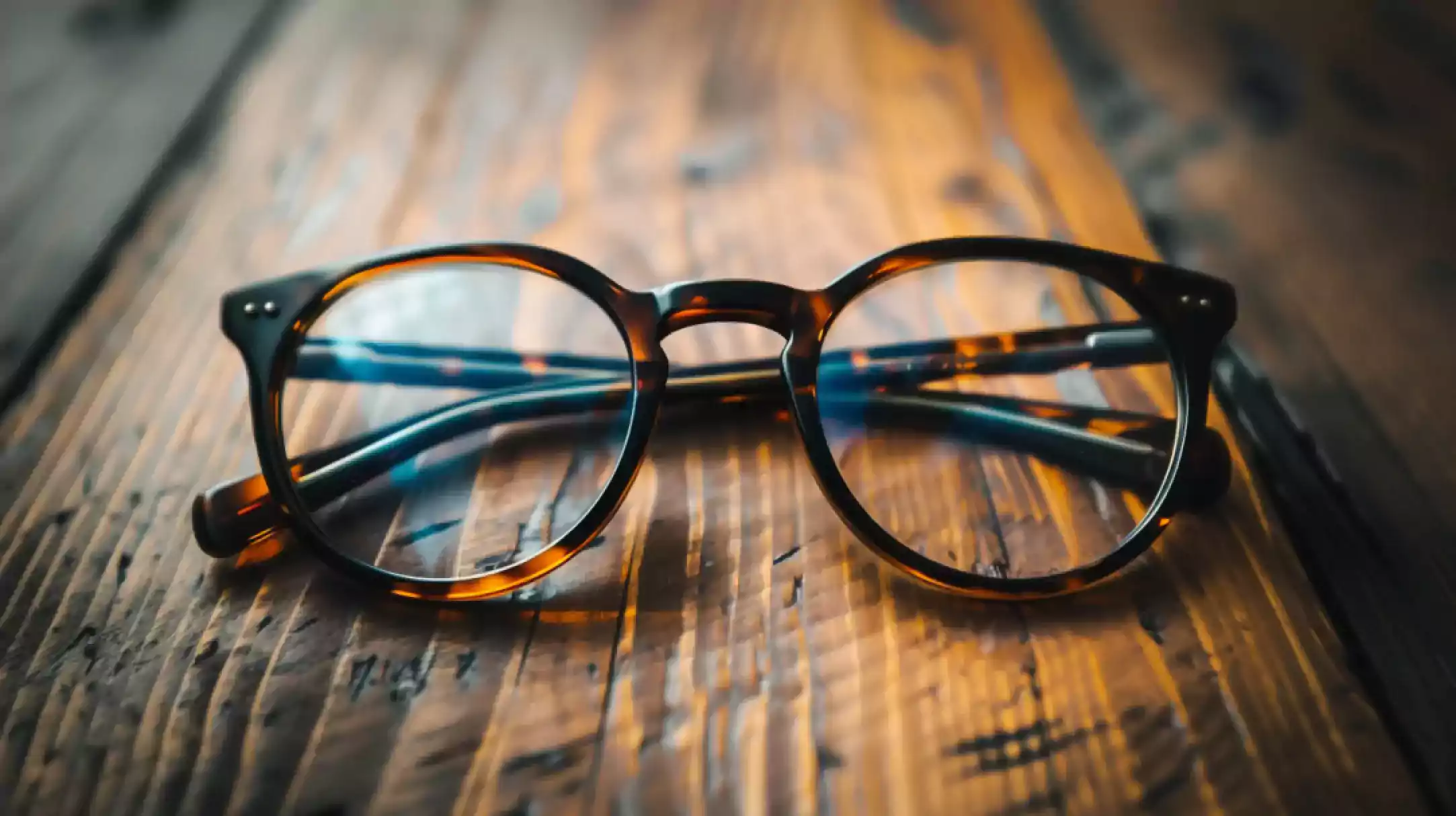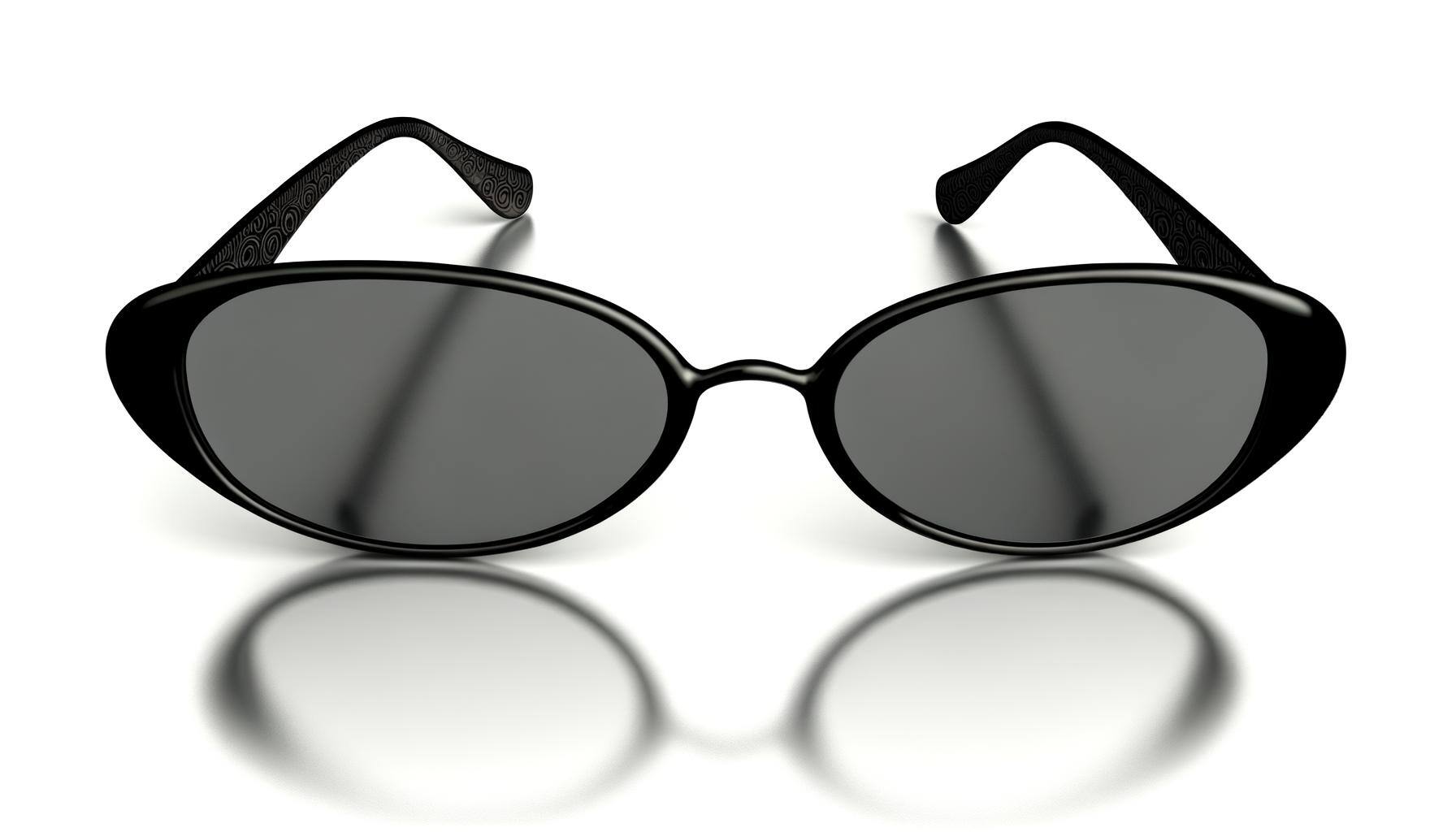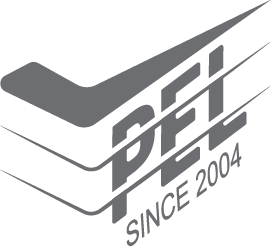Did you know that about 90% of the world's eyewear is manufactured in China? With such a dominant position, choosing the right manufacturer in China is crucial for success in the global eyewear market. Whether you’re a startup or an established brand, navigating the vast landscape of Chinese manufacturers can be challenging but highly rewarding.
Finding the right manufacturer for eyewear products can seem like a difficult task, but it doesn’t have to be. There are a few ways you can go about finding your Unicorn supplier; we’ve compiled some of the best here.
Overview of the Chinese Eyewear Industry
China has established itself as the global leader in eyewear manufacturing. The country's competitive edge lies in its extensive production capabilities, skilled workforce, and ability to cater to a wide range of market demands—from budget-friendly frames to luxury designs.
Probably the main reason people don’t manufacture eyewear in China is that they don’t know how to find the right manufacturer for the eyewear they require. They might be concerned about quality, payment procedures, social compliance, ISO certification, etc. These concerns are relatively easy to allay once you know what to look for. China manufacturing tends to be highly concentrated in specific regions for specific products.
The industry is centred in several key regions, including Wenzhou, Dayang, Shenzhen, and Xiamen, which are renowned for their high-quality production and innovation in eyewear. In the upcoming years, Dayang has risen as a top eyewear manufacturing spot. The city manufactures over 400 million pairs of lenses annually, contributing to around 50% of global production and 80% of China's total output. Additionally, it produces more than 100 million pairs of frames each year.

Top Eyewear Manufacturers in China
When it comes to finding the best eyewear manufacturers in China, several companies stand out due to their exceptional quality, consistency, and innovation. These manufacturers have built solid reputations by adhering to international standards and providing a wide range of products, from budget frames to high-end luxury eyewear.
- Shenzhen Yashiwei Optical Co., Ltd: Shenzhen Yashiwei Optical Co., Ltd., is recognized as one of China's leading manufacturers of high-end optical frames and sunglasses. Specializing in the production and trading of eyewear-related products, the company exports its products worldwide, with key markets in Europe, America, Russia, and Asia.
- WENZHOU G&D GLASSES Co., Ltd: WENZHOU G&D GLASSES Co., Ltd., established in 1999 in Wenzhou, Zhejiang province, is a professional eyewear manufacturer with over 150 staff. The company produces 700,000 pieces annually, offering metal and acetate optical frames, as well as sunglasses, with a focus on quality and innovation.
- Wenzhou Baibo Eyeglasses Co., Ltd: Wenzhou Baibo Eyeglasses Co., Ltd., located in Yingtan, Jiangxi Province, has been a leading eyewear manufacturer since 2004, with FDA and CE certifications. With a production capacity of 1.65 million pieces per month, they specialize in designing and producing reading glasses, blue light blocking eyeglasses, sunglasses, optical frames, and more.
Sourcing Strategies and Tips for Eyewear Manufacturing in China
Navigating the sourcing process in China can be complex, but with the right approach, it can also be highly rewarding. Here are some strategies and tips to help you source eyewear effectively:
- Attend Industry Trade Shows: Arguably the most efficient way to find an eyewear manufacturer in China is to attend an eyewear trade show. Google the shows beforehand, and be sure to look for shows that have factories exhibiting, as not all have manufacturing sections present. Some good trade shows are:
- Utilise Online Sourcing Platforms: Websites such as Alibaba, Global Sources, and Made-in-China are valuable resources for finding reputable manufacturers. These platforms allow you to compare different suppliers, read reviews, and even order samples before committing to a larger order.
- Conduct Thorough Factory Audits: Before finalising a partnership, it’s crucial to visit the factory and conduct an audit. This ensures that the manufacturer’s operations align with your quality and ethical standards.
- Start with a Trial Order: Initiating the partnership with a small trial order allows you to test the manufacturer’s capabilities and product quality before scaling up to larger orders.
- Establish Clear Contracts: Ensure that all terms, including quality standards, production timelines, and payment terms, are clearly outlined in a formal contract. This protects both parties and sets expectations from the outset.
- Utilise Quality Control Companies - There are quality inspection companies, like PEL Eyewear, that work with eyewear manufacturers all day every day. Companies like this, who are willing to share reliable supplier information with you, hold the key to some of the most valuable information you need. Besides the information, you could use a reliable third party QC company to verify the quality of your eyewear once it’s being made too.
Once you’ve shortlisted possible manufacturers you need to verify if they are indeed what you’re looking for.
The 13 Essential Questions You Need to Ask Any Potential Eyewear Manufacturer in China
1. What are the payment terms, and are they negotiable?
On average you would be asked to pay 30% deposit upfront and 70% on delivery or BOL, but be sure to get this ironed out from the start to make sure they don’t try and take advantage of you and request upfront payment.
2. What will the total cost of my order be?
Be sure to ask about “other” cost or “hidden fees” i.e. delivery fees, fuel surcharges, restocking charges for returns. If you have any indication of possible hidden costs, don’t be shy about driving this point home.
3. Can you provide us with a Liability Certificate?
The supplier should provide written proof that they have adequate liability insurance if the product or parts thereof malfunction or break.
4. Will my designs or specific eyewear brand be produced only for me?
Confirm with the manufacturers that your product will only be produced for you, and if they would be willing to sign an NCND where they would agree not to sell directly to your end-users, or reproduce your product. If they confirm their willingness to sign, they are likely willing to play ball and can be considered further.
5. What happens if delivery is delayed or doesn’t arrive?
This needs to be clearly stipulated to avoid your shipment being put on the back burner in the eventuality that they go to work on a larger order before yours is out of the door. If you have an agreement, they are more likely to keep your order moving along before focussing on other, possibly larger orders.
6. Under what circumstances might the pricing change, and what will the warnings be? How early would I be notified?
To avoid dealing with unexpected inflation of prices, you must agree on a set price and under which circumstances those prices could change.
7. Do you have a volume rebate, and if we go into larger quantities, what will my discounts and/or incentives be?
If your orders pick up and you’re producing more eyewear you need to know what kind of discounts you will be eligible for.
8. When do I take ownership of the products?
You will need time to inspect your eyewear and ensure they are in perfect condition. Look at adding a 3-5 day inspection clause to your agreements with your supplier, or speak to a quality inspection company that could answer these questions for you.
9. Is the manufacturer, in fact, a manufacturer?
Establish that they are an OEM/Manufacturer and not a redistributor for other factories.
10. Will you be able to provide us with a copy of your business license and all certificates of conformity and quality related certification, i.e. ISO certification?
You need to know which level of production these factories are working on before you engage in business with them. Clarify which certification will be required for the region you will be distributing/selling to beforehand.
11. What kind of quality control systems do you have in place?
Do they have an international quality accreditation? Obtain a copy and check with the authorization organization.
12. What are your manufacturing capabilities, quantities, surplus production per month/year, and can this be increased and what timeframe if required?
This is worth knowing because once your company kicks off, you need to know what limitations there could be regarding production volumes, if any.
13. Is the manufacturer a reputable business in the industry, and do they protect clients’ intellectual property?
Check with industry bodies, their customers, and suppliers and conduct secondary research to find information on the company’s reputation. One thing you can’t hide from is a reputation. Use this to your advantage
Take your time and do your research properly, use the tools you have at your disposal and get your ducks in a row and you'll be sure to find the best eyewear manufacturers in China.
Are you looking for advice on eyewear manufacturing or the best suppliers for you? Get in touch with one of our expert consultants at PEL and let the experts guide you.







.jpg)



